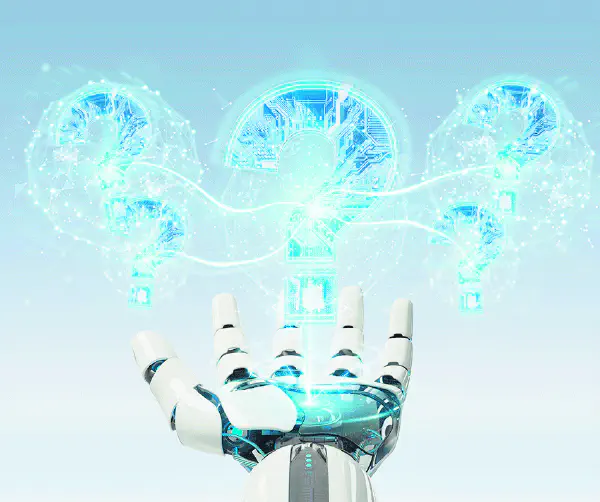
Computer vision (CV) has become an increasingly powerful tool in recent years, revolutionizing various industries and aspects of our lives. However, alongside its rise, misconceptions and myths about the technology have also emerged.
Today, we will debunk some of the most common myths surrounding computer vision, providing a clearer understanding of its capabilities and limitations.
Myth 1: Computer vision can see like humans
While CV can analyze visual data and identify objects, it does not perceive the world in the same way as humans. Unlike our brains, which possess inherent understanding and context, CV algorithms rely on training data and pre-defined parameters. This means computer vision struggles with ambiguity, abstraction, and tasks requiring common sense reasoning.
Myth 2: CV technology will replace human jobs entirely
While CV automates tasks like image analysis and object detection, it is unlikely to replace human jobs entirely. The technology is best suited for augmenting human capabilities, handling repetitive tasks, and providing valuable insights. Human expertise and judgment remain crucial for complex decision-making and tasks requiring creativity and understanding.
Myth 3: CV is a black box and lacks explainability
Early CV models were often opaque, making it difficult to understand how they arrived at certain decisions. However, advancements in explainable AI (XAI) have improved transparency. Techniques like saliency maps and feature visualization help us understand which parts of an image contribute to a specific prediction, making CV more accountable and trustworthy.
Myth 4: CV technology is biased and discriminatory
Like any AI technology, CV can be susceptible to bias if trained on biased data. However, researchers and developers are actively working on mitigating bias in CV algorithms. Techniques like data augmentation and fairness metrics help ensure CV models are fair and representative of the real world.
Myth 5: CV technology is only for large corporations and tech giants
While large companies often spearhead CV innovation, the technology is becoming increasingly accessible. Open-source libraries like OpenCV and TensorFlow make it possible for individuals and small businesses to develop their own CV applications. Additionally, cloud-based solutions offer access to powerful CV tools without the need for expensive hardware investments.
Myth 6: CV technology can be easily hacked and manipulated
While security concerns are valid, CV is not inherently vulnerable to hacking. Implementing best practices like data encryption, secure coding practices, and robust authentication systems can significantly mitigate security risks. Additionally, research in adversarial AI aims to identify and counteract potential vulnerabilities in CV systems.
Myth 7: CV technology is solely for surveillance and monitoring
While CV can be used for surveillance purposes, its applications extend far beyond that. The technology plays a crucial role in healthcare, agriculture, environmental monitoring, and various other fields. CV empowers us to diagnose diseases, optimize crop yields, track endangered species, and address critical challenges in various sectors.
Myth 8: CV technology is too expensive and complex for small businesses
As mentioned earlier, the cost and complexity of CV technology are decreasing. Cloud-based solutions and open-source libraries offer affordable and accessible options for small businesses to explore the potential of CV. Additionally, the increasing availability of pre-trained models and tools simplifies the development process, making it easier for small businesses to leverage CV technology.
Myth 9: CV technology will eventually become sentient and pose a threat to humanity
This is a common trope in science fiction, but it lacks any scientific basis. Current CV systems lack the necessary complexity and cognitive abilities to become sentient. Additionally, ongoing research on safety and ethics in AI aims to ensure that the technology is developed and used responsibly.
Conclusion 🏁
Computer vision holds immense potential to improve our lives and solve various challenges across industries. By debunking these myths and gaining a clearer understanding of the technology’s capabilities and limitations, we can foster responsible and beneficial applications of CV for a better future.